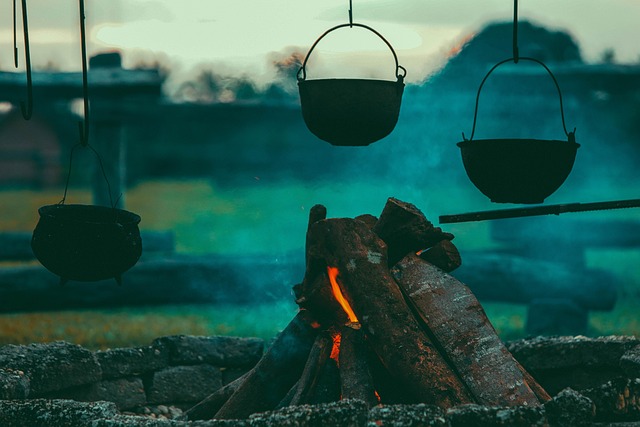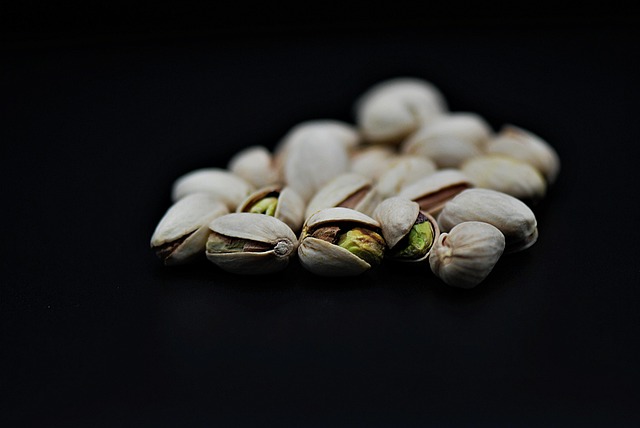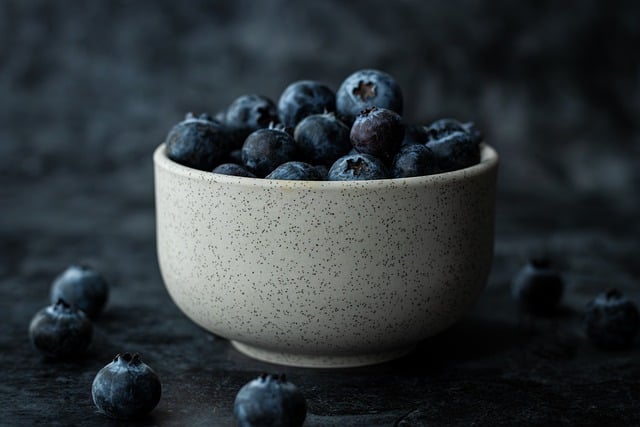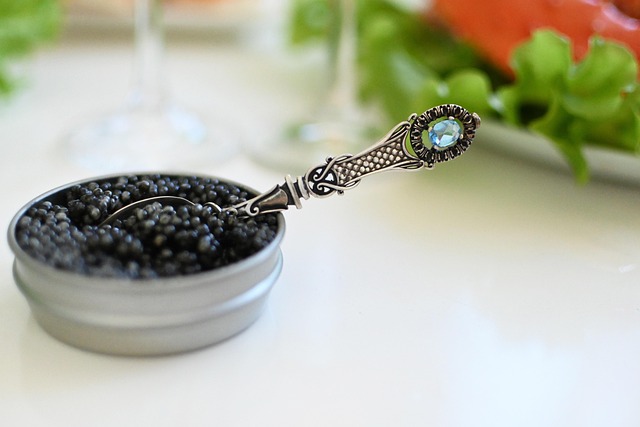
“Ultimate Guide to Baking with Flour: Tips and Tricks for Beginners”
Ultimate Guide to Baking with Flour: Tips and Tricks for Beginners
Welcome to the wonderful world of baking! If you’ve ever found yourself mesmerized by the sight of a freshly baked loaf of bread or a beautifully frosted cake, you’re not alone. Flour is the cornerstone of many delightful baked goods, serving as the very foundation of your culinary creations. In this guide, we’ll explore the essence of baking with flour, offering tips and tricks to help beginners navigate their way through this delicious journey.
Understanding Flour: The Heart of Baking
Flour isn’t just a simple ingredient; it’s a vital player in the baking game. The type of flour you choose can significantly impact the textures and flavors of your baked treats. From all-purpose to whole wheat, knowing the distinct qualities of various flours will enhance your baking experience.
- All-Purpose Flour: Versatile and suitable for a variety of recipes, this flour will be your best friend as you venture into the world of baking.
- Whole Wheat Flour: Packed with nutrients, this flour adds a nuttier flavor and denser texture to your baked goods.
- Bread Flour: With a higher protein content, bread flour is ideal for achieving that perfect rise in your homemade loaves.
- Cake Flour: Fine and soft, cake flour creates light, tender cakes that melt in your mouth.
Essential Tips for Baking with Flour
1. Measure Accurately
One of the golden rules of baking is to measure your flour accurately. Too much flour can lead to dry products, while too little can ruin the structure. If you’re using a cup, spoon the flour into the cup and level it off with a straight edge instead of scooping it directly.
2. Know When to Sift
Sifting flour can be a pastry chef’s secret weapon. It removes lumps and aerates the flour, making it lighter. It’s especially necessary for recipes that require a precise texture, like cakes or pastries.
3. Understand Hydration
Flour absorbs moisture, so the amount of liquid in your recipe is crucial. If you’re in a humid environment, you might need to adjust the liquid to suit your flour’s absorption rate.
4. Experiment with Gluten
Gluten gives baked goods their structure and chewiness. Different flours contain varying levels of gluten. Don’t shy away from experimenting to find the right mix for your unique recipe.
Common Baking Challenges and Solutions
1. Dry Texture
Have you ever bitten into a cookie only to find it too dry? This often happens due to too much flour. Adjusting your measurements and making sure to examine your mixture thoroughly can help remedy this issue.
2. Dense Breads
If your bread ends up being too dense, consider increasing your kneading time or incorporating a higher protein flour like bread flour to enhance elasticity.
Fun Flour Fact!
Did you know that different cultures around the world use various types of flour in their baking? From rice flour in Asian desserts to cornmeal for cornbread in the Southern United States, the diversity of flour and its uses is as vast as our love for baked goods!
As you embark on your baking journey, rest assured that flour will always be there, waiting to be transformed into something amazing. The warmth of your kitchen, the aroma of baking bread, and the delicious results are sure to create unforgettable memories. So grab that flour, put on your apron, and let your baking adventure begin!


